In my understanding the 1K along with the 200pF create an integrator
topology to provide some stability
Correct and, particularly when using a MOSFET in these configurations there can be a significant amount of gate-source capacitance (2 nF for the Si9430) that can cause stability problems hence, the output of the op-amp is "isolated" from that gate-source capacitance by using the 100 Ω resistor.
Wouldn't that delay the on/off time of the mosfet's channel?
Yes it will but, without that isolation, the localized feedback capacitor cannot create an integrator. This would leave you with the only option of reducing the DC gain with a localized feedback resistor and, of course, that ruins output current regulation.
Wouldn't we want the mosfet to instantly respond to every flactuation
of the channel's current?
That's not going to happen because of the necessity of the integrator.
Even though the MOSFET is used as a source follower, the gate-source capacitance (that is usually neutralized in an ideal MOSFET) still remains significantly high. BJTs are quite often used instead of MOSFETs and can be more easily made stable.
Can this resistor be larger? 1K or 3K?
The time constant of the integrator has to dominate the time constant of the gate resistor and residual gate-source capacitance so, probably not even worth trying. Of course, you might find a limited set of output currents where it might work but, if you want a generally half-decent constant current source, then no.

